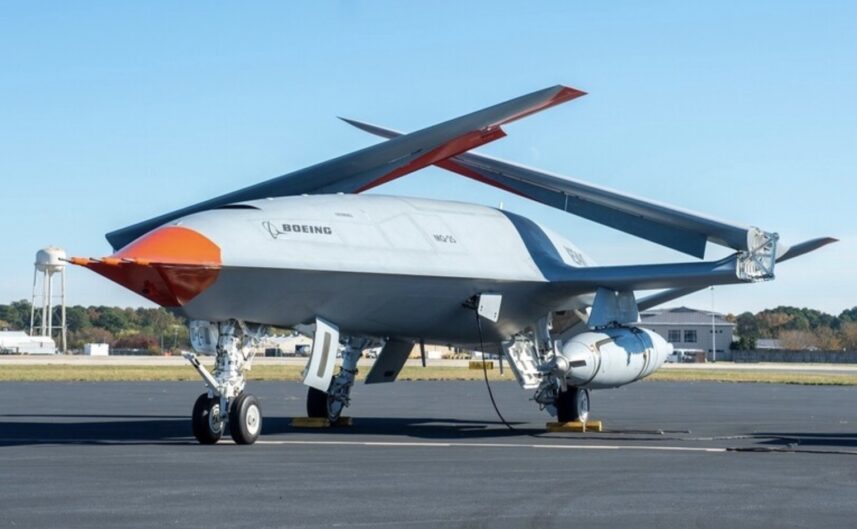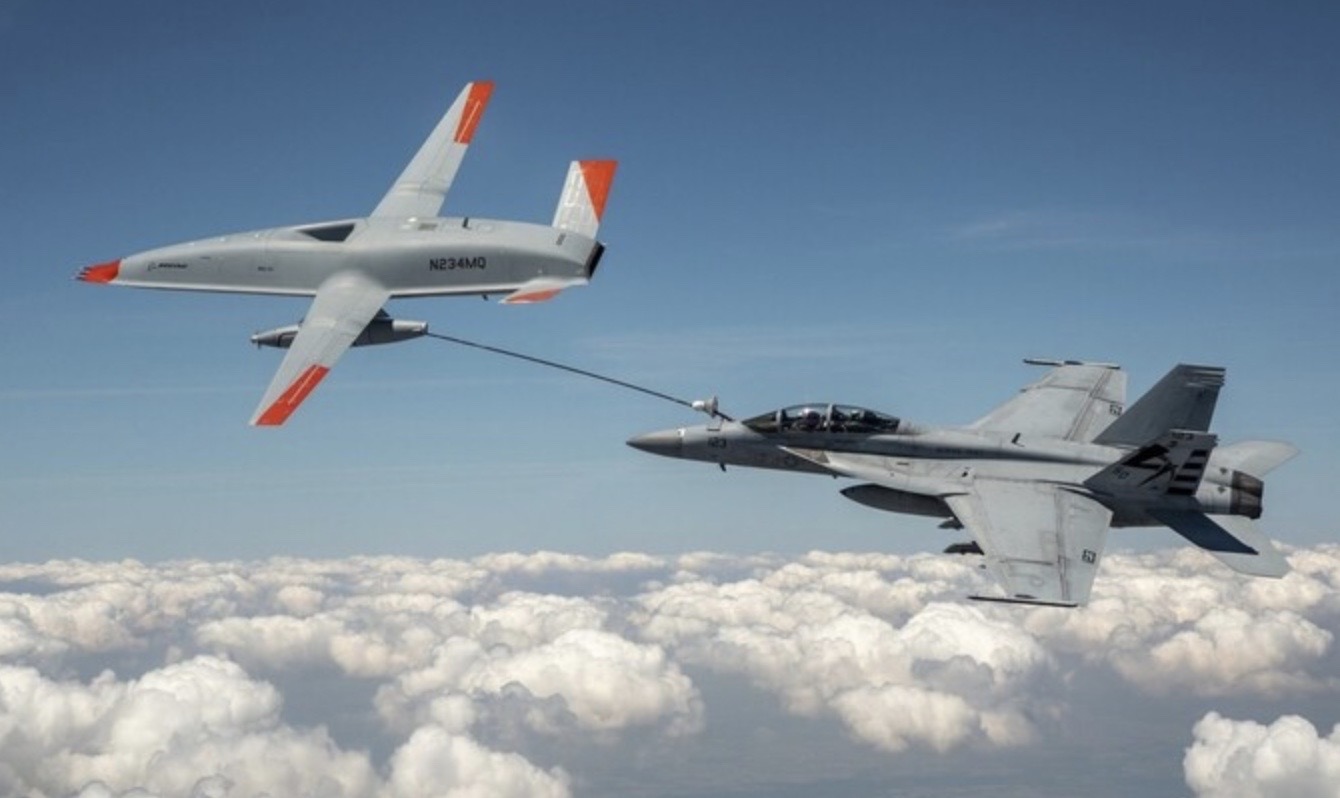(by Massimiliano D'Elia) In-flight refueling operated by a drone is no longer a taboo, today thanks to theMQ-25 Stingray it is possible to do this by dramatically increasing the missions of V generation fighters such as the F-35. The drone is manufactured by Boeing and will join them F35-C on American aircraft carriers, thus doubling their attack range on missions”expeditionary".
"MQ-25 will give us the ability to extend our area of operations probably 300 or 400 miles beyond where we normally go“, reported the former vice admiral Mike Shoemaker. For example, under normal conditions, the Navy's Boeing F/A-18E/F Super Hornet fighter has a combat range of no more than 450 miles.
The United States is deploying these capabilities to counter the threat of China e Russia who are investing heavily in anti-ship missile technology. China owns the DF-21D, a medium-range ballistic missile (MRBM) with an operational range of up to a thousand miles, as well as the new hypersonic missile DF-17 with a claimed range of over a thousand miles. Russia has the winged hypersonic anti-ship cruise missile Tsirkon 3M22 (also known as Zircon) with a range of at least six hundred miles.

Analysts argue that just one of these missiles can bring down an entire American aircraft carrier in one shot. From this terrible observation the need to have to operate in depth inside the enemy territory to neutralize in time the launch platforms of the formidable enemy missiles. The attack must be made with V generation aircraft capable of scanning every millimeter of the enemy's terrain thanks to the myriad of sensors it possesses and capable of evading, thanks to the ability stealth, the enemy anti aircraft .
To allow this capability it was necessary to guarantee a suitable in-flight refueling to the aircraft, the Stingray was designed to face this new challenge, especially in the Pacific where American attention has shifted in an attempt to hinder Chinese expansionism which is particularly unwilling towards Taiwan.
Controlled through an interconnected navigation system, theMQ-25 Stingray it can deliver up to fifteen thousand pounds of fuel to a range of just under six hundred miles. The Navy is making arrangements for all class aircraft carriers Ford e Nimitz may have the MQ-25 on board.
Dramatically improving the combat range of fighters the MQ-25 Stingray allows aircraft carriers to project their firepower from safer distances. With this new refueling capability, the F-35C jet can leverage its advanced survivability and strike potential without limitation.
Offensive operations, considered too risky or not feasible can now be done in relative safety. These capabilities include high-risk strikes against critical infrastructure and assets deep in enemy territory, strikes against multiple targets in a single sortie, and an increased ability to adapt to changing mission circumstances during deployment.
As stated by the former Chief of Naval Operations, Admiral John Richardson, the Stingray “represents a radical change in the way we define combat requirements”. The MQ-25 Stingray is expected to reach full operational capability by 2024.
